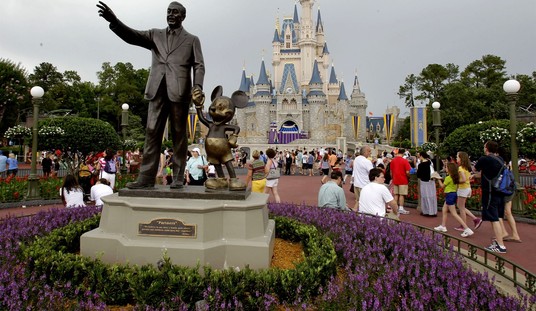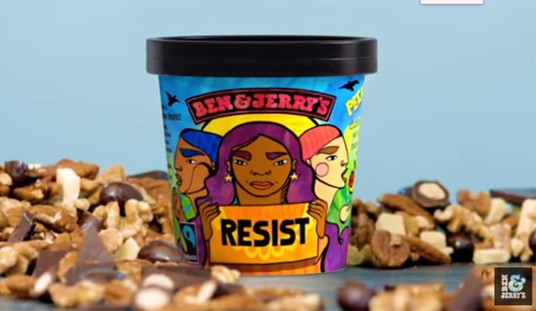In the early '80s, I followed three generations of family tradition and joined the Army. Now, soldiers going through Army basic training, because of the rigorous physical demands (at least, at that time), will eat anything holding still and some things that aren't moving too quickly. We even ate C-rations.
But one day, my company marched to the mess hall for supper after a long day. This mess hall, every day, posted a sign by the door stating what was being served that day. We were dismissed to go line up, and one of the first guys to reach the door read what was being served: "Mutton chops."
About ten of us left the line and returned to the parking lot. Someone called out, "What are you guys doing?"
"My Dad raises cattle," one of the guys snapped. We all nodded. That was all that needed to be said, at least for those of us whose fathers, like mine, were cattlemen.
There is a long-standing rivalry between cattlemen and sheep growers. At one point, there was actual range warfare; nowadays, it's more a matter of lighthearted tradition. (I still don't eat mutton or lamb, though, although that's a taste preference these days.) Today, though, many cattlemen are falling on hard times due to rising costs and droughts over much of America's best cattle country in the West.
America is running low on cows, according to new numbers out this week from the U.S. Department of Agriculture (USDA). The figures show ranchers have fewer cattle and that is contributing to the cost of beef being more expensive.
According to the USDA, nationwide beef cattle inventory dropped to 28.2 million this year - the lowest level since the 1970's and down 2% from a year ago.
Agricultural economists say persistent drought over the last three years, along with high input costs and inflation are putting pressure on both consumers and farmers.
This will likely be seen as a good development by the animal rights groups, who have some kind of beef with cattle growers or anyone else who keeps stock, but not by anyone else who is watching their grocery bills rise.
See Related: Alec Baldwin and PETA Need to Shut the Hell Up
Hilarious: PETA Gets the Community Note of All Time on Its Post About Turkeys for Thanksgiving
Drought, yes, is part of the problem, but it doesn't help that feed prices, fuel (cattle do have to be moved to market, normally by truck), and costs for everything else have gone over the moon.
Bernt Nelson is an economist for the American Farm Bureau Federation. Nelson says farmers have had to stay resilient through persistent drought the last few years.
"We saw drier and warmer temperatures in some of the most highly concentrated areas of livestock production in the United States," Nelson said. "Combined with high input costs, inflation putting upward pressures on both consumers and farmers, we saw a lot of farmers faced with the decision do we want to keep producing or do we want to try and rescue out herd size or do we want to try and get out of the business all together."
This is a disturbing development; beef, after all, is what's for dinner. I wouldn't steer you wrong, and neither would Sam Elliott.
Cattle ranching is a fine old American tradition. Cattlemen were, in large part, responsible for building the economy of the American West. There is no cultural image more compellingly American than a cowboy, atop a tall horse, reins in hand, revolver on belt, slouch hat on his head, looking across the range at a few hundred head of cattle. Let's hope it keeps going and that America's cattlemen milk it for all it's worth. If you want to support them, consider a juicy burger or a nice thick steak for supper — that is, if Bidenomics hasn't yet priced it out of your reach.
Beef. It's what's for dinner. Hopefully, for many generations of Americans to come.













Join the conversation as a VIP Member